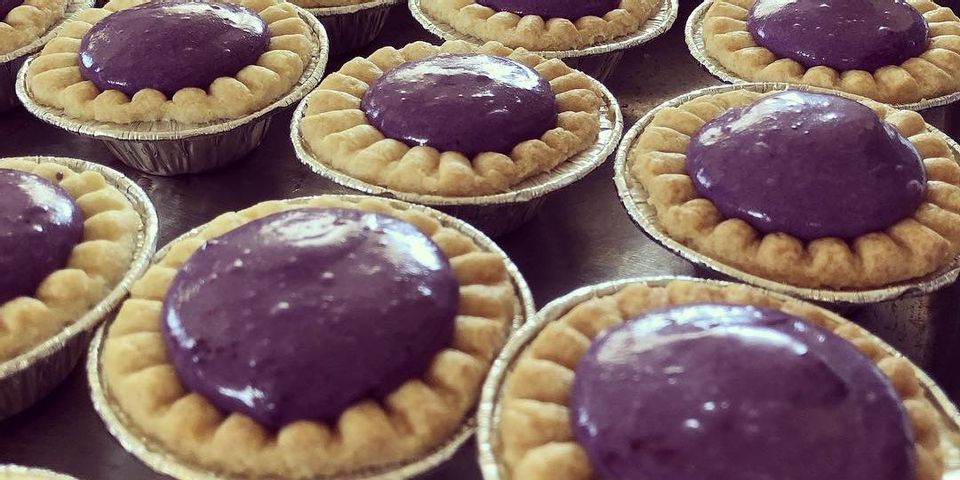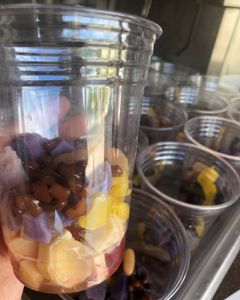
The Filipino purple yam, more commonly known as ube, is an essential ingredient in most Filipino desserts and sweets. However, not all who love to indulge in this popular yam are aware of its rich history. Like most Filipino dishes, ube can be presented in various ways, but this subtly sweet, somewhat starchy vegetable is most commonly found as the flavoring in tarts, ice cream, and cakes.
What You Need to Know About Ube
The Uses
This root vegetable is grown in the Philippines and is found on the Dioscorea alata, a plant native to Asia. The yam is usually boiled and is a popular ingredient in Filipino dishes, like halo-halo. It’s frequently converted into a creamy jam, but it’s also used as an extract and a dehydrated powder for topping confections with a sweet, nutty flavor. Like other yams, this purple potato can also be baked and mixed into savory dishes, such as soup and baked fries.
The History
 No one knows when ube became a staple of Filipino cuisine; however, references to the yam date back to a dictionary published in 1613. Recipes containing ube in Filipino dishes appeared in cookbooks in the early 1900s, including one for ice cream in 1922.
No one knows when ube became a staple of Filipino cuisine; however, references to the yam date back to a dictionary published in 1613. Recipes containing ube in Filipino dishes appeared in cookbooks in the early 1900s, including one for ice cream in 1922.
The Health Benefits
Consumed alone, ube contains far more antioxidants than regular yams. It’s also packed with Vitamins A, C, and E as well as potassium and fiber, which support cardiovascular health and healing. Foods rich in these vitamins and minerals repair DNA damage, prevent strokes, and can lower risk of developing cancer.
If you’d like to try ube, you’ll find it in delicious treats on the menu at Plantation Grindz in Kahului, HI. Known for their Filipino dishes, this Maui restaurant serves up a variety of prepared and made-to-order foods for breakfast, lunch, and dinner, including chicken cutlet, beef tripe stew, dinadraan, and oxtail soup. Call (808) 873-3663 to place a lechon order, or view their catering menu online.
About the Business
Have a question? Ask the experts!
Send your question

